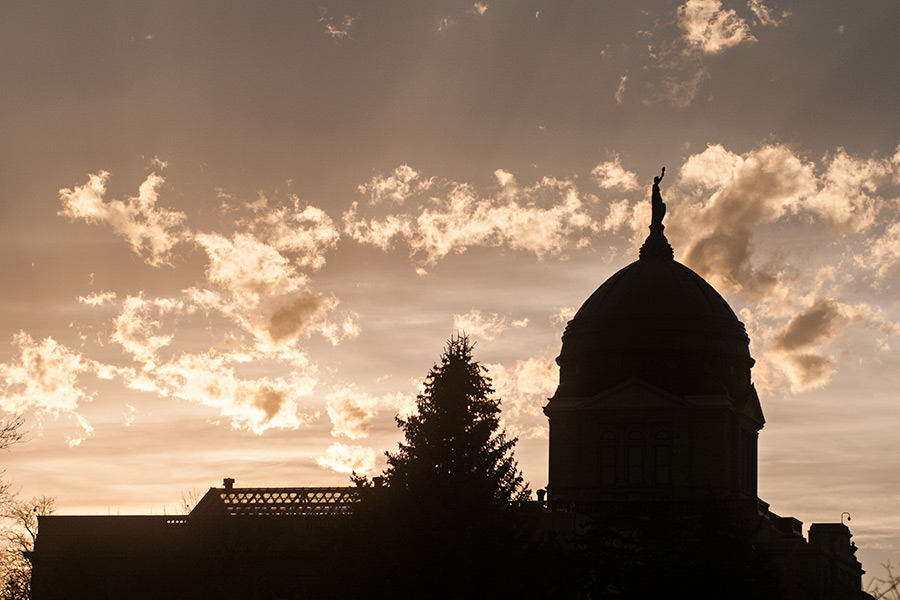HELENA – Montana’s redistricting commission has honed in on two maps dividing the state into two congressional districts, after the commission’s nonpartisan chair said she disapproved of all nine maps proposed earlier this month by the two Republican and two Democratic commissioners.
Commission Chair Maylinn Smith, who was appointed to the commission by the state’s Supreme Court, said during a commission meeting on Thursday that she found various flaws in previously proposed maps, including that they unnecessarily divided counties and failed to take into consideration the distribution of Montana’s Native American population between the districts. In response, the Republican and Democratic commissioners each submitted one new map for consideration.
The maps both divide the state into eastern and western districts with nearly equal populations and only one county split. The Republicans’ map puts Helena — the traditionally blue-leaning state capital — in the eastern district, giving them a slight advantage in the western district, which includes Democratic strongholds Bozeman and Missoula. It splits Gallatin County, placing Bozeman in the western district and the majority of the remainder of the county in the east.
Democrats instead proposed to place Helena in the western district and put Kalispell — a heavily Republican region in the northwest corner of the state — in the eastern district. They split Flathead County, with the affluent ski town Whitefish, a blue island, in the western district.
Democrats argue their map would create a more competitive district in the west where they would have a fighting chance of winning. Republicans, whose map creates two GOP-leaning districts, say they are not interested in taking the competitiveness of districts into consideration.
The two maps will be discussed by the commission at a meeting later this month before commissioners finalize the districts by the Nov. 14 deadline. Montana residents will vote in the new congressional districts in November 2022.
The 2020 Census gave Montana a second congressional district for the first time in 30 years, spurring a redistricting process that had included debate about the changing nature of the state, with booming towns such as Bozeman and Missoula in western Montana providing a contrast to the stagnating agricultural communities in the prairie region that covers the eastern half of the state.
Smith said she hoped the four partisan commissioners would be able to reach a consensus on the districts after receiving public comment, but if not she would select one of the two proposals during a planned Oct. 30 meeting.
During the commission meeting on Thursday, Smith said she would like the final map not to favor any political party, to the extent possible given Montana’s Republican tilt.
“I’m a realist here. I know what the makeup of Montana is. I don’t see that we are going to have two districts that are not going to favor a party,” she said. “I do think we need to strive to achieve that for a district whenever we can.”
Democrats also emphasized the importance of drawing a district where either a Democrat or a Republican could win.
“You can walk down any street in Montana and say ‘do you believe these districts should unduly favor a political party?’ And they’ll say, ‘no,’ ” Democratic Commissioner Joe Lampson said.
But Republican Commissioner Jeff Essmann called the effort to draw a competitive district a “fallacy,” given the state’s increasingly red political hue.
“We can fight all the numerical battles we want to, but we’re not going to be stopping long-term trends,” he said.
